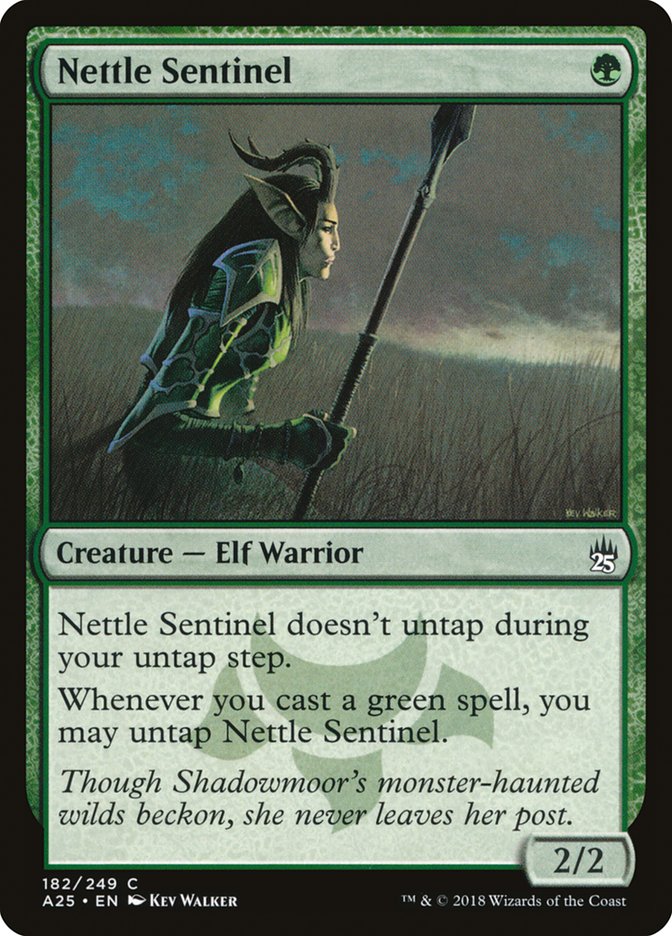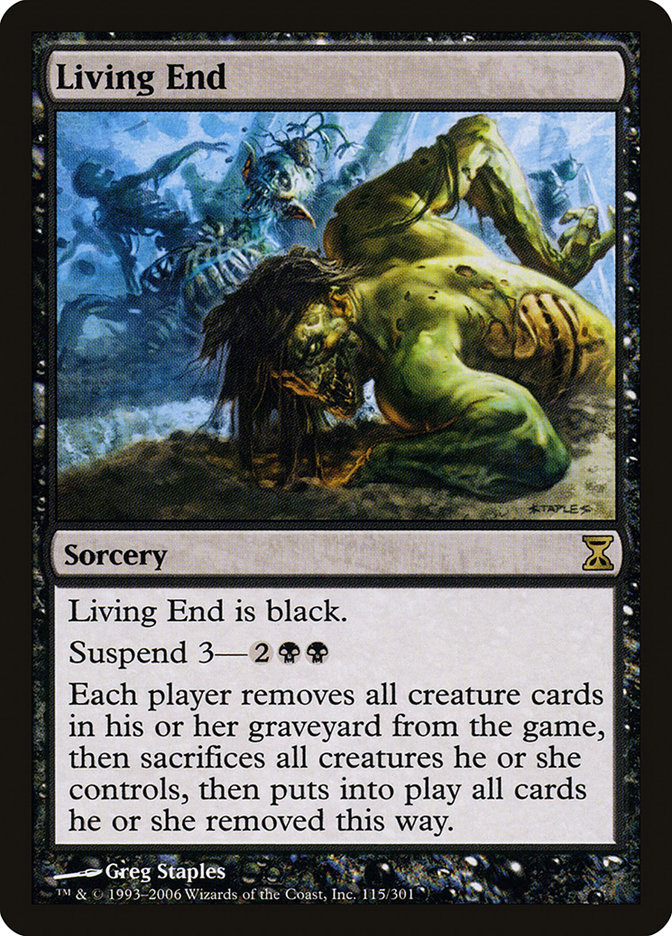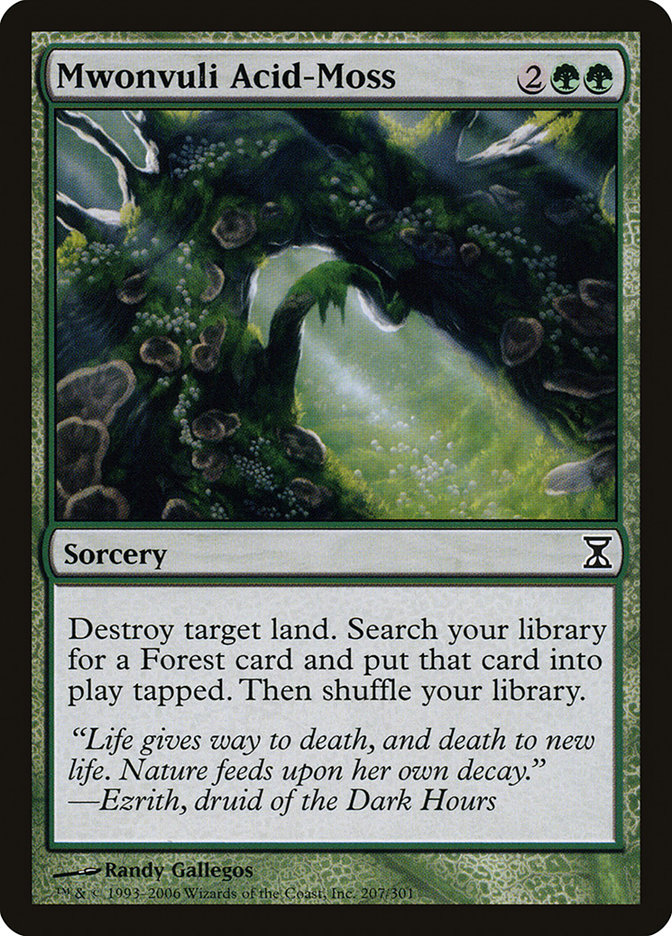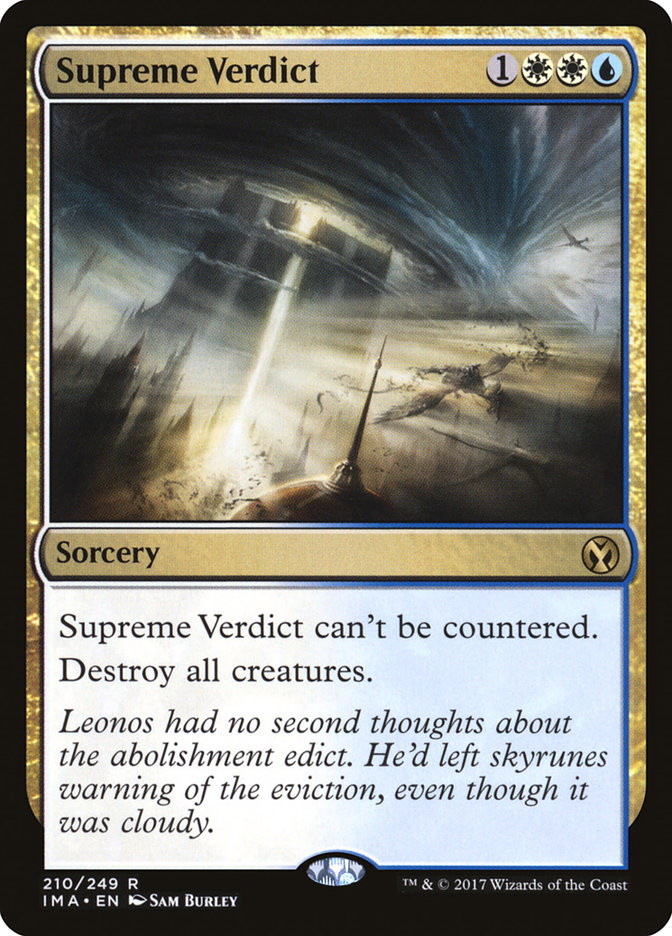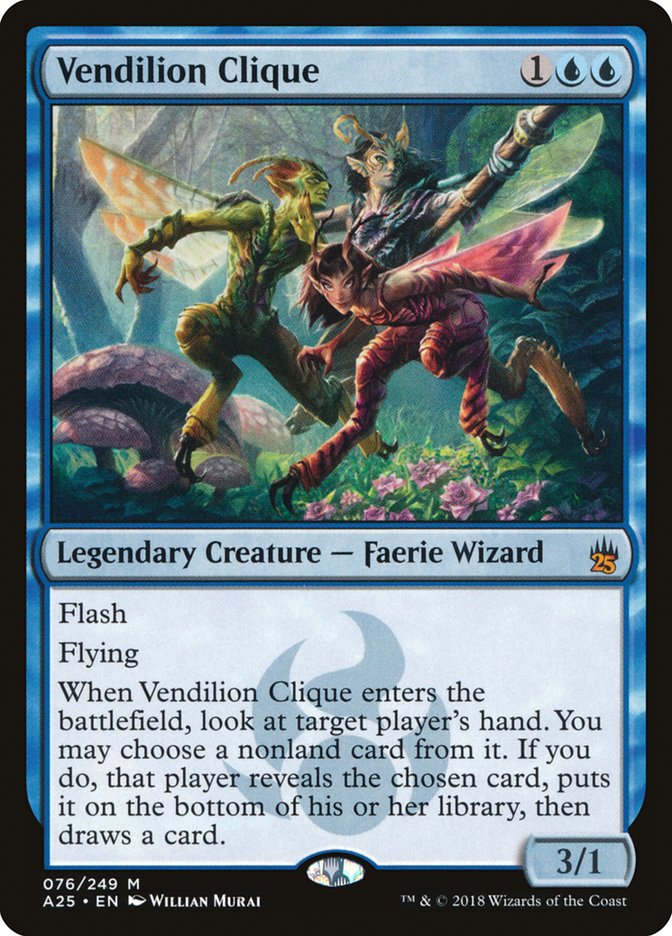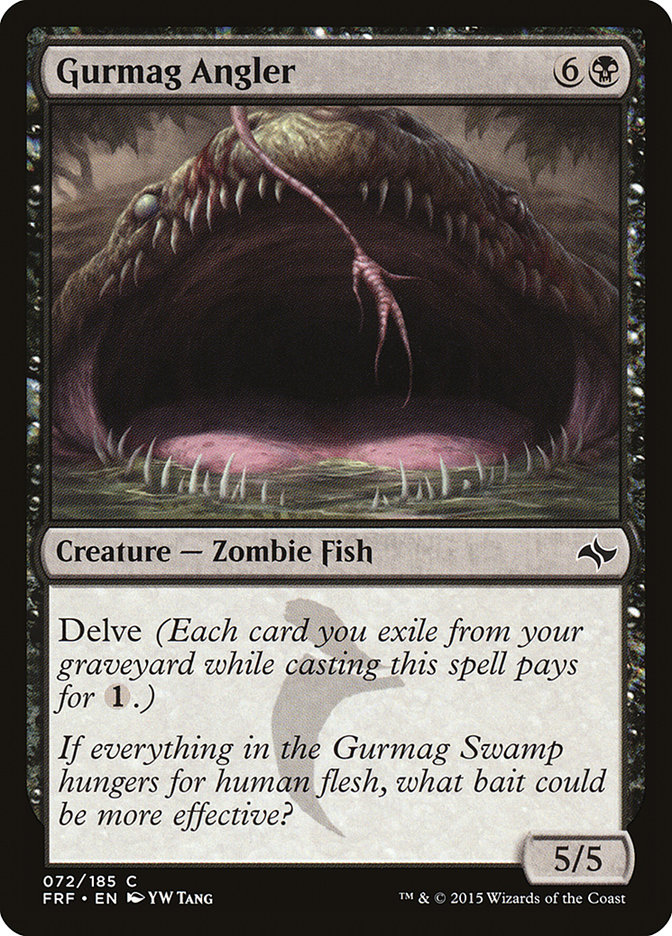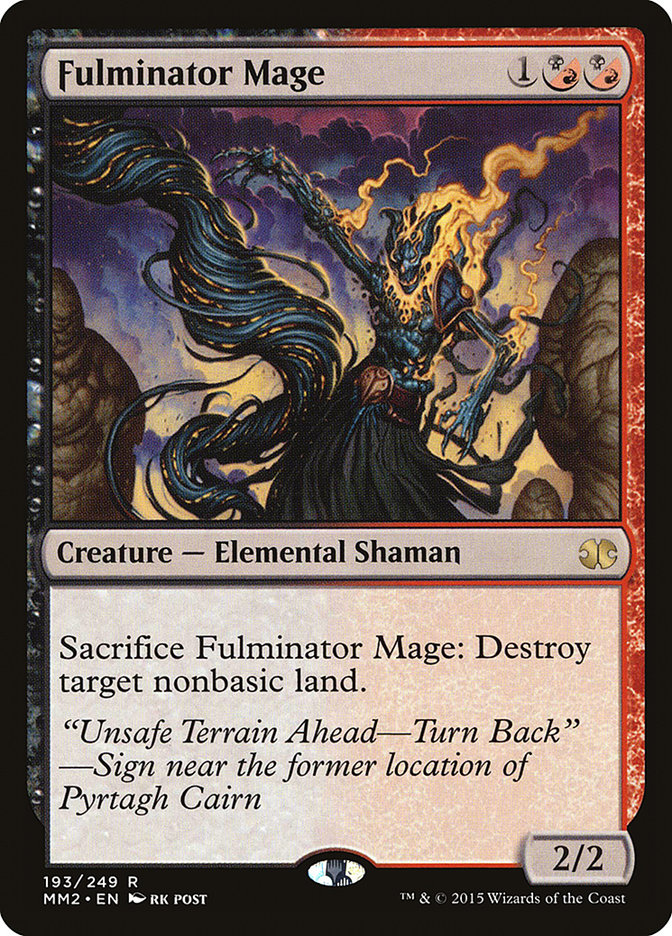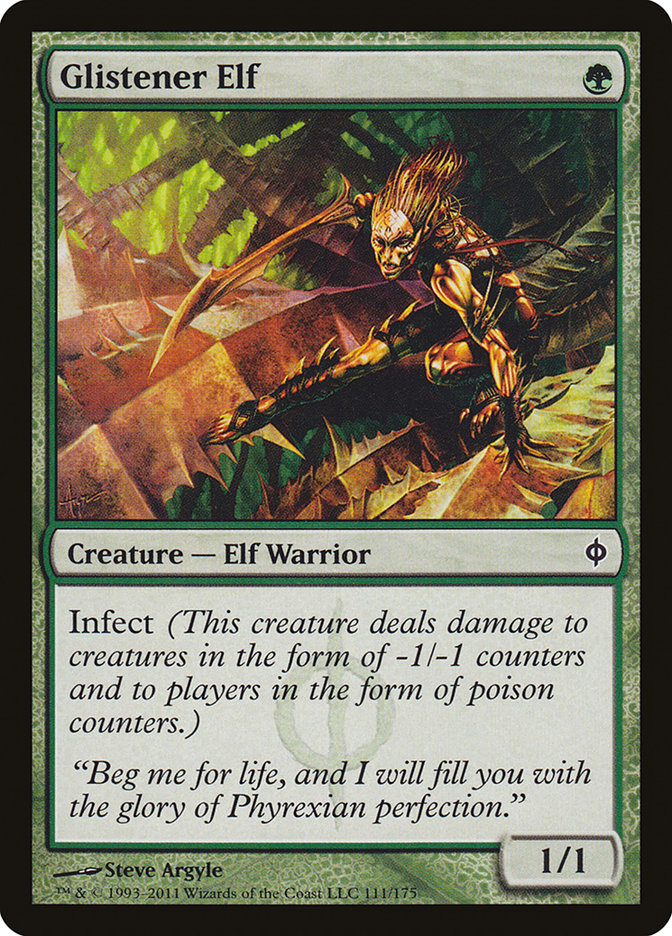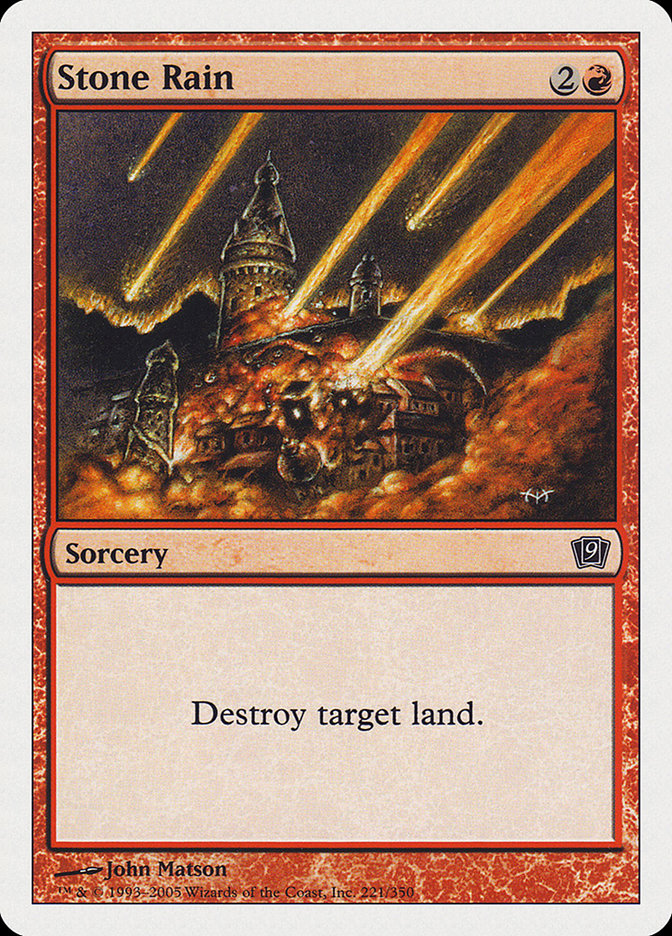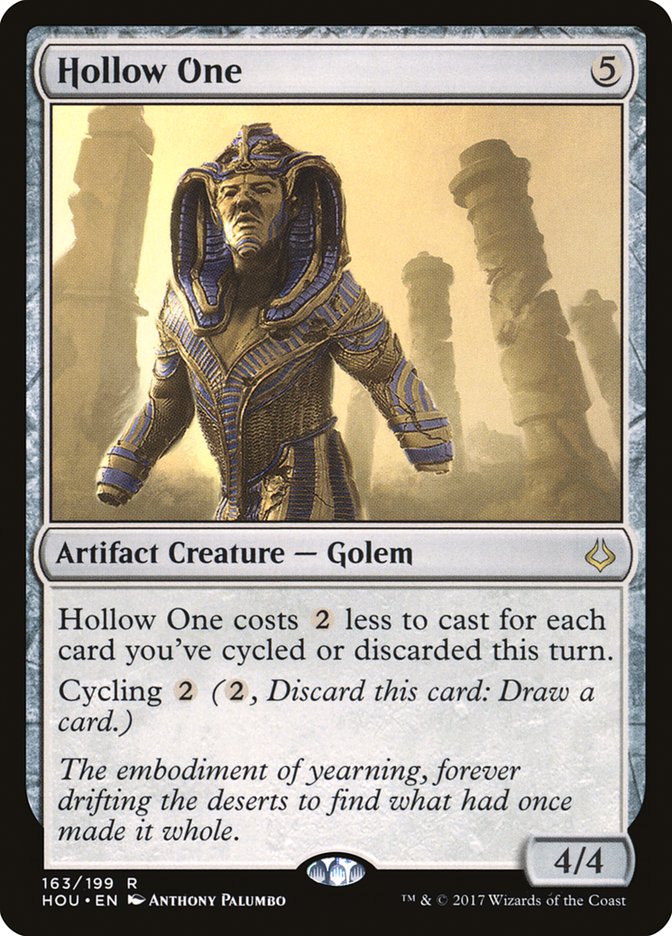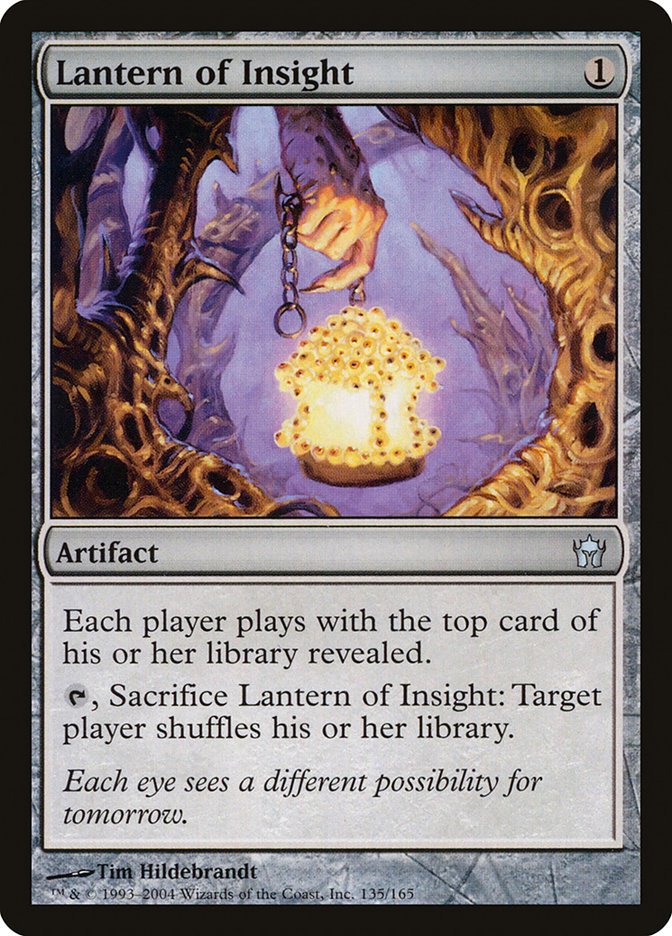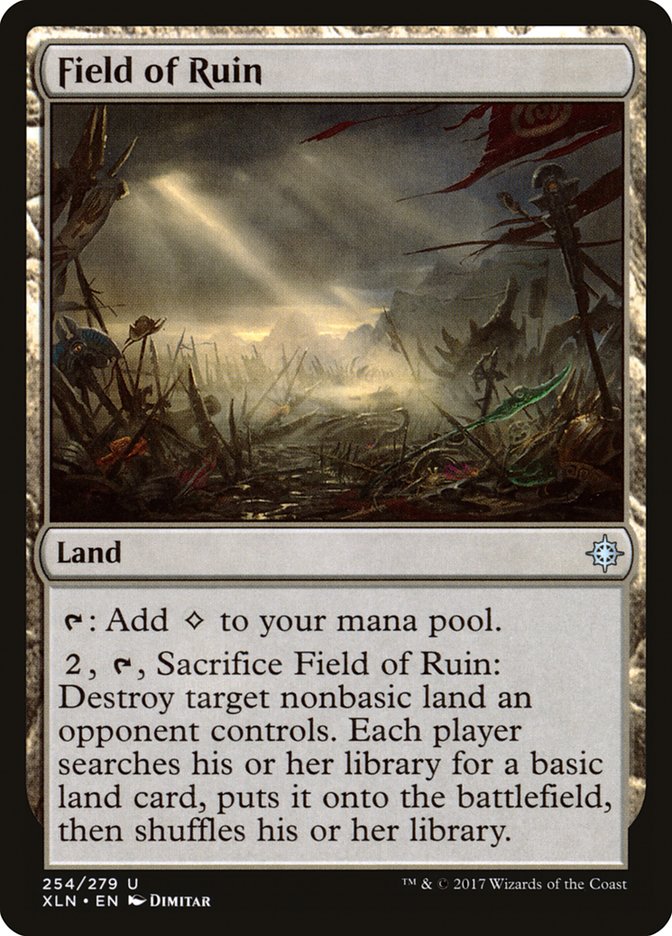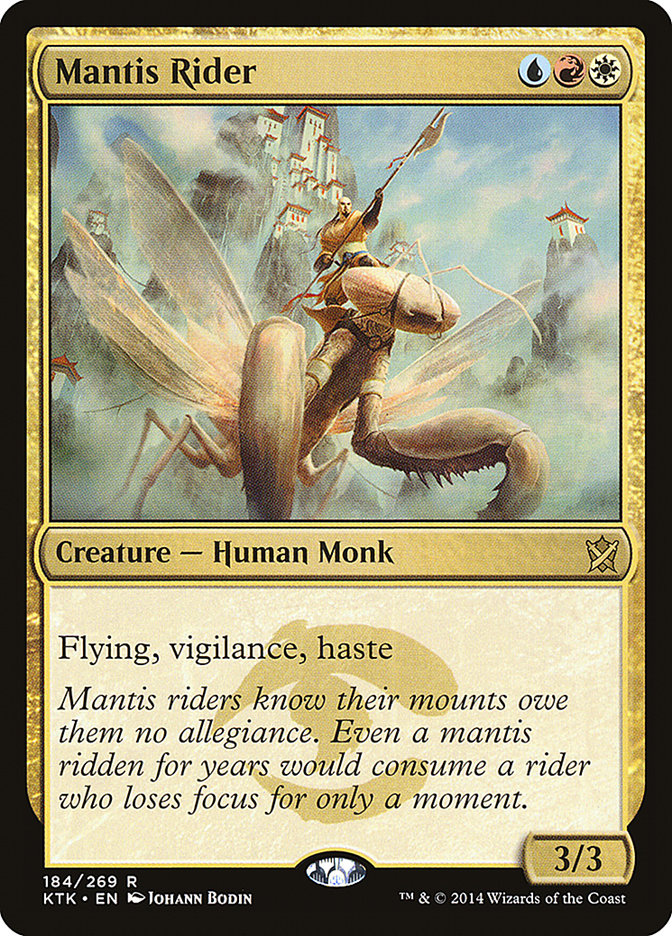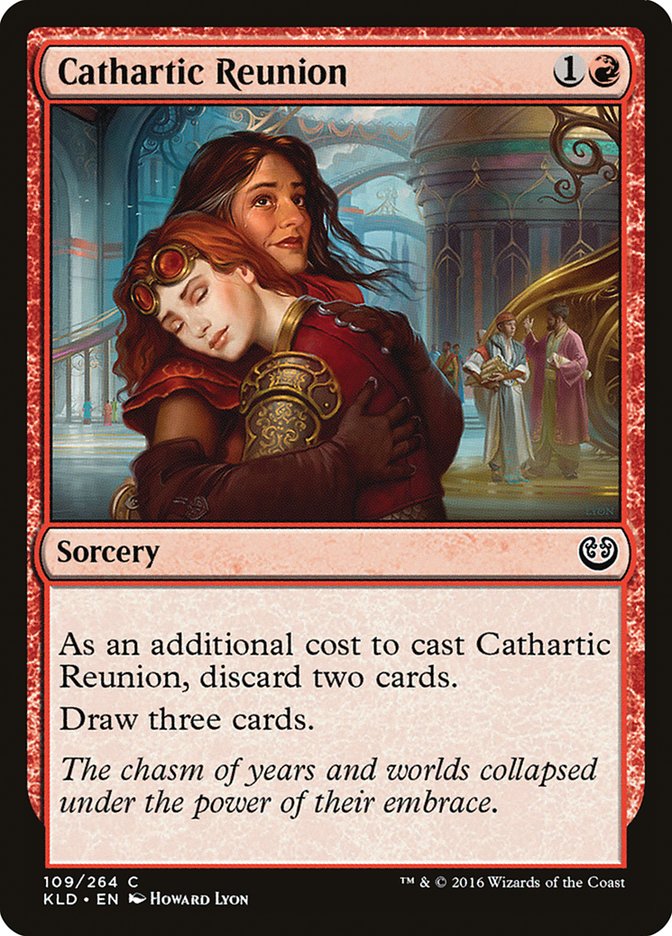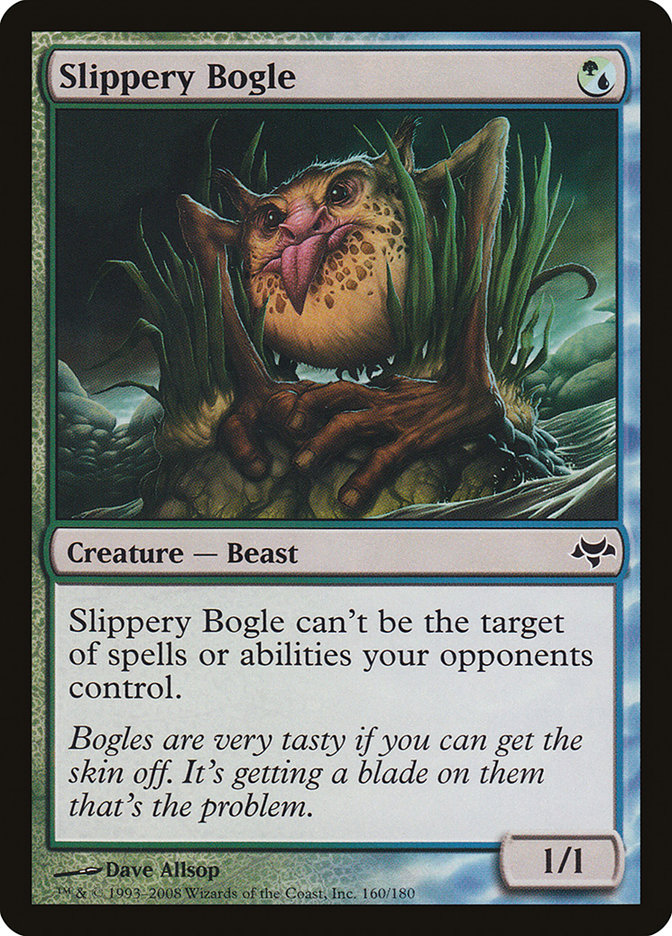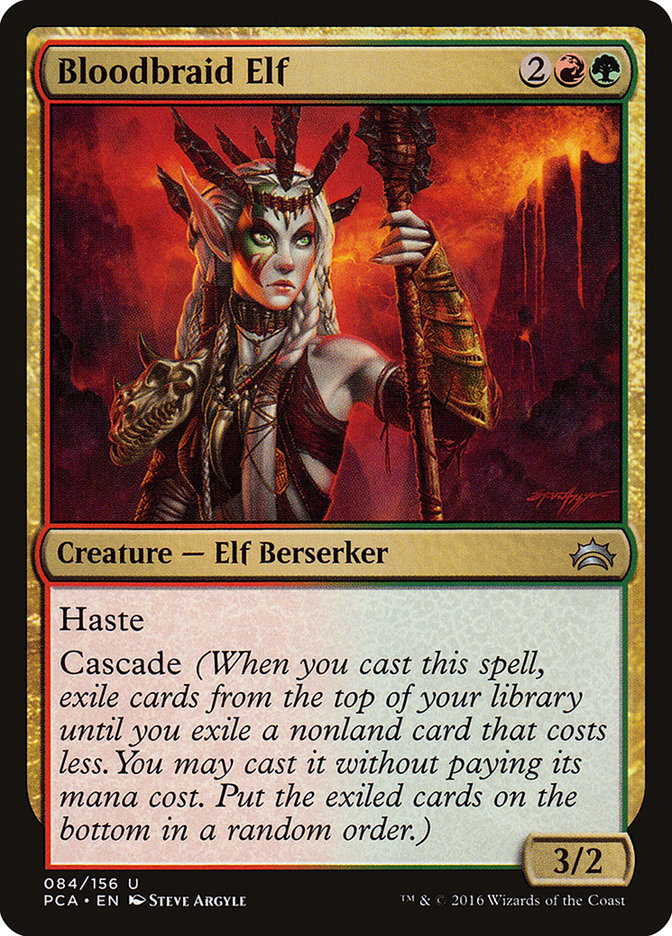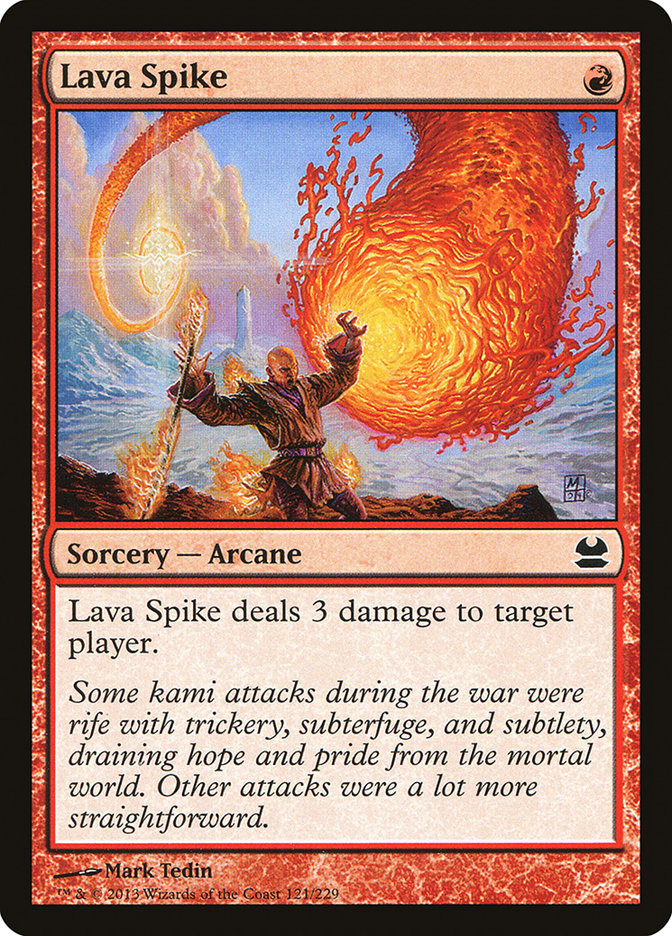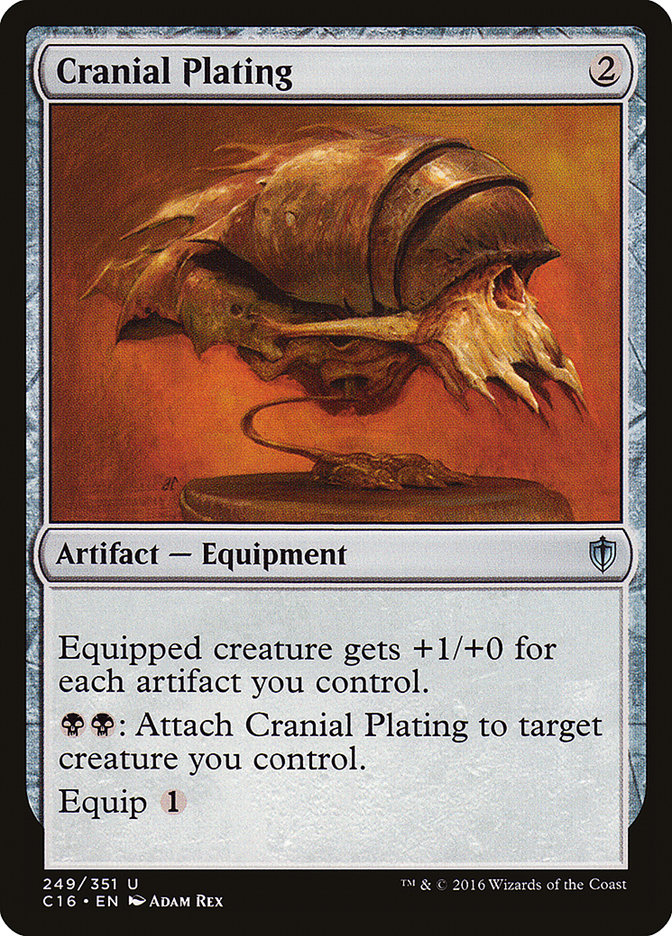This is the deck I intend to play at Grand Prix Phoenix.
Creatures (16)
Lands (17)
Spells (27)

Before we begin, a disclaimer. The eighteenth land; the choice of one maindeck Kolaghan’s Command, Liliana of the Veil, or Jace, the Mind Sculptor; and the sideboard Lightning Bolts and Disdainful Stroke are all not necessarily going to be exactly in the configuration we see here.
My good friend and colleague Andrew Jessup and I will discuss specifics at length over the remainder of the week in an attempt to properly optimize our 75 against the most common matchups (and most common sideboard plans) we are likely to face at the tournament. There might be more Ceremonious Rejections or more Rakdos Charms. Another Engineered Explosives, Kozilek’s Return, or Izzet Staticaster could even make their way in there.
For this article, though, this list will more than suffice. Let’s get into the “why.”
The short answer is, people are still playing their bad decks, decks that Grixis Death’s Shadow tears to shreds. The slightly longer answer is, people playing Modern seem to have adopted a sort of “gentleman’s agreement” (to paraphrase from an old, old article about banning Mystical Tutor) to play more fun, less overtly powerful decks.
People are playing Zoo. They are playing Elves. They are playing Living End. They are playing Ponza. They are playing Ad Nauseam. They are playing tons of brews, brews beyond measure. The list goes on and on, but the point is simple. Many Modern players have deluded themselves into believing that this format is more open than it is, and this collective delusion does in fact reify itself.
To paraphrase another article with a timeless and salient observation about Modern, I’ll refer to Ross Merriam’s prophetic piece, “The Stiff Modern Metagame.” When everyone basically collectively decides to keep doing what they’re doing, the same decks can still win tournaments. Slowly, bit by bit, Jace and Bloodbraid Elf midrange decks will beef up their numbers. It will take time, because of how slow Modern is to adopt change, but it will eventually happen.
I expected it to happen more quickly, but in the last month, most strong players have adopted the easy and powerful Jund shell or gone back to Storm (which flourishes when people stop playing Humans, as is the case in a Jund format). This is going to stifle the pace of metagame evolution, but the evolution will eventually happen.
Here is how I expected this to go: people would start playing Jeskai, Esper, U/W, U/B, and Grixis midrange decks with Jace. They’d pack cards that are hard for Grixis Death’s Shadow to beat, cards like Blade Splicer, Lingering Souls, Search for Azcanta, Supreme Verdict, Path to Exile, Liliana of the Veil, multiple Field of Ruin, and King Jace himself.
They’d pack annoying cards that allowed these decks to turn the corner at inopportune times, especially in spots where Grixis Death’s Shadow generally wants to sideboard out its Fatal Pushes and Dismembers for Jaces, Lilianas, and Kolaghan’s Commands. Vendilion Clique and Restoration Angel do a mighty fine job of sneaking in for a win against an unsuspecting Death’s Shadow player, and their stock should rise in a Jace-centric format.
U/W Midrange with oodles of Field of Ruin, Spreading Seas, and a reasonable clock can certainly sideboard into a nightmare for decks like Tron and Valakut, Grixis or Traverse Shadow, Burn, Dredge, Bogles, or Storm (contingent, of course, on limited sideboard space). It could go toe-to-toe with Jund, using value creatures and flash threats to properly square off against Tarmogoyfs, Scavenging Oozes, and Bloodbraid Elves. Think back to November 2012, lists like this one:
Creatures (19)
- 3 Vendilion Clique
- 1 Baneslayer Angel
- 2 Wall of Omens
- 2 Blade Splicer
- 4 Snapcaster Mage
- 3 Geist of Saint Traft
- 4 Restoration Angel
Lands (25)
Spells (16)
Sideboard

If this deck could put up a fight against Deathrite Shaman Jund in its heyday, surely an enterprising deck developer could update it to handle most corners of the Modern metagame today. Make no mistake, it sorely needs an update, but with cards like Jace, Search for Azcanta, Field of Ruin, and Spell Queller in the mix, this deck has plenty of interesting things going for it.
Now, what have we gotten instead? Folks are playing Ponza and Storm (decks that would roll over and die to a few well-placed counterspells and Vendilion Clique), or they are playing too many expensive, reactive cards in their Jace decks and losing with them.
Modern is too inflexible, but that means that a lightly-updated Grixis Death’s Shadow deck is still a stellar choice. If no one will move to beat Grixis Death’s Shadow (aside from the Jund decks, which went from a small dog to basically even in the Shadow matchup), then there’s little to fear in sleeving up the Avatars and Zombie Fish.
If you want to beat the king of the jungle, you need to change the paradigm of power. As it stands, Andrew and I have been winning north of 80% of our matches on Magic Online with what essentially amounts to our pre-unbanning lists of Grixis Death’s Shadow, in a metagame that essentially amounts to pre-unbanning Modern. Andrew even cut one of the sideboarded Jaces when he realized that most Jund players were sideboarding in Fulminator Mages, making a four-mana spell unrealistic for his eighteen-land deck (his list has the extra land).
Let’s be honest. We’re taking the lazy way out of the new Modern format as much as anyone. I’m happy to wait around for the metagame to evolve and enjoy my (probable) 12-3 or 11-4 finish at this Grand Prix while it stagnates, and worry about innovation when there’s a little more lead-up time.
Here’s How You Lose to Grixis Death’s Shadow
1: Play Storm. With literally every piece of the deck presenting interaction on one axis or another, Storm is pretty likely to end up needing Shadow to get flooded, get screwed, mis-sideboard, or to take too much self-inflicted damage in order to cheese out a win. A steady diet of Thoughtseizes, Death’s Shadows, and Stubborn Denials, with a Temur Battle Rage for dessert will usually be plenty.
2: Play Infect. I’ll repeat the whole “every piece of the deck is interaction” bit. Good luck.
3: Play Ponza. If you’re on the play with a nut draw, you can probably win. Otherwise, you will get laughed out of the building when I’m casting one-mana 5/5s and you’re casting Stone Rain.
4: Play B/R Hollow One. I repeat, if you’re on the play with a nut draw, you can probably win. Otherwise, you will get laughed out of the building when I Thoughtseize or Stubborn Denial your enabler and it turns out your deck does nothing, or you just lose the Burning Inquiry lottery and do nothing. Also, you can’t really beat Death’s Shadow plus Temur Battle Rage.
5: Play other random combo decks. Ad Nauseam is pretty bad here, as is Lantern (look at all that interaction and those must-answer permanents in the sideboard!), as are most Company combo decks. Amulet isn’t great, although nut draws can still beat Grixis.
On the Flip Side
Here’s how you might beat Grixis Death’s Shadow, although many Grixis Death’s Shadow sideboards will shore up the weaknesses in a lot of these matchups:
1: Play Tron. The die roll matters, and the amount of dead removal drawn Game 1 matters, but Tron is linear and powerful, and it’s hard for Death’s Shadow to interact with its main engine. The problem is that a lot of people are packing a lot of hate for Tron. Field of Ruin, Fulminator Mage, Spreading Seas, and sideboard Stony Silence are all pretty annoying cards. Overall, it’s probably not time to Tron, but Tron players are hard to convince.
2: Play Humans. You probably lose to Jund and other Lightning Bolt midrange decks, but you are about 50/50 against Grixis Death’s Shadow. The multiple sideboard Lightning Bolts in the above list are a concession to this matchup, which Andrew found himself losing to often enough online that he thought it was worth two slots. The die roll matters here as well, and on the play you are something like a 70% favorite to win a given game. You also incidentally beat Storm.
3: Play Dredge. Death’s Shadow wins if it assembles Death’s Shadow, Temur Battle Rage, and Stubborn Denial. Not much else matters, and it’s not super-likely for Death’s Shadow to assemble all three in two separate games. The lack of graveyard hate in my list means it’s a good matchup for you, but with two or more graveyard hate pieces, that equation changes.
4: Play Hexproof. There are only two Engineered Explosives and two Liliana of the Veils in this sideboard. There is the risk of losing to Stubborn Denial plus Death’s Shadow plus Temur Battle Rage, as always, but you’re probably on average a slight favorite. If there were three Lilianas and three Explosives, however, you’d likely become a slight dog.
5: Play a Blood Moon deck. You gain some percentage by having free Blood Moon wins, although Grixis can pre-empt the enchantment by fetching up basics, playing discard, or using Stubborn Denial. This is generally how the generally-unfavored Ponza steals wins from Grixis Death’s Shadow: Turn 2 Blood Moon on the play.
6: Play Jund. It’s a close matchup, and I’m not 100% sure how to play it from either side. Regardless, if you like playing fair, you can definitely keep pace with removal and Liliana of the Veil. You want to make sure that you have enough answers to Gurmag Angler, though. Thoughtseize into Thought Scour into Gurmag Angler is often too strong to overcome, as there are only two or three removal spells (and Liliana, of course) in the Jund 75 that actually kill it.
7: Play Burn. You can win, but one of the following combinations usually spells your doom: Turn 2 Gurmag Angler, Stubborn Denial, Fatal Push, Snapcaster Mage for Stubborn Denial; Death’s Shadow, Temur Battle Rage, Stubborn Denial; any reasonable Collective Brutality draw; two Death’s Shadows and two Stubborn Denials. You could also just draw six lands. There are multiple ways to lose as Burn, enough that Death’s Shadow patches together a good win rate in the matchup. Unskilled Death’s Shadow players will cede massive percentage, though, so if you expect your opponents not to have a solid grasp of the matchup, you can crush them with Burn.
8: Play Affinity. It’s a close matchup, and often it hinges on Etched Champion being an impenetrable blocker and an unstoppable attacker. Affinity has been lying low for a couple of events, so watch for it to blow up in a few weeks. Kolaghan’s Command and Fatal Push (and the sideboarded Ancient Grudges in Jund) are keeping it down, but if Etched Champion is good, then Affinity can win again. Sideboarded Kozilek’s Returns, Izzet Staticasters, or a second Ceremonious Rejection are not your friend here, but this list is short on those sideboard cards.
9: Play a Chalice of the Void deck like Eldrazi Tron or Colorless Eldrazi. You can cheese out Grixis with Chalice, but otherwise you’re slightly unfavored. Overall the presence of Chalice makes the matchup close to even, although more Ceremonious Rejections are a big worry for you.
10: Play Jace-based Midrange. U/W Midrange, Jeskai Midrange, Grixis Midrange, Esper Midrange…anything that can interact up the curve and then deploy some grindier elements like Kolaghan’s Command, Search for Azcanta, or multiple Field of Ruin. These decks often topdeck well and will beat most non-premium draws from Death’s Shadow. This is the macro-archetype that actually squarely beats Grixis Death’s Shadow, on average.
The other archetypes on this list are victim to the Death’s Shadow player’s skill and sideboard, but not this one. All it takes is playing enough annoying cards, enough removal, and making sure you have the sideboard to properly combat the rest of Modern. This is where the Terra Incognita of the format lies, and where you should be devoting a large part of your energies.
Modern is complicated, but the path to success is surprisingly straightforward. Make your Jace decks good, or keep getting smacked down by Death’s Shadow players like me. Your choice.


